
10 minute read
Global Water Experts Insights


Advertisement
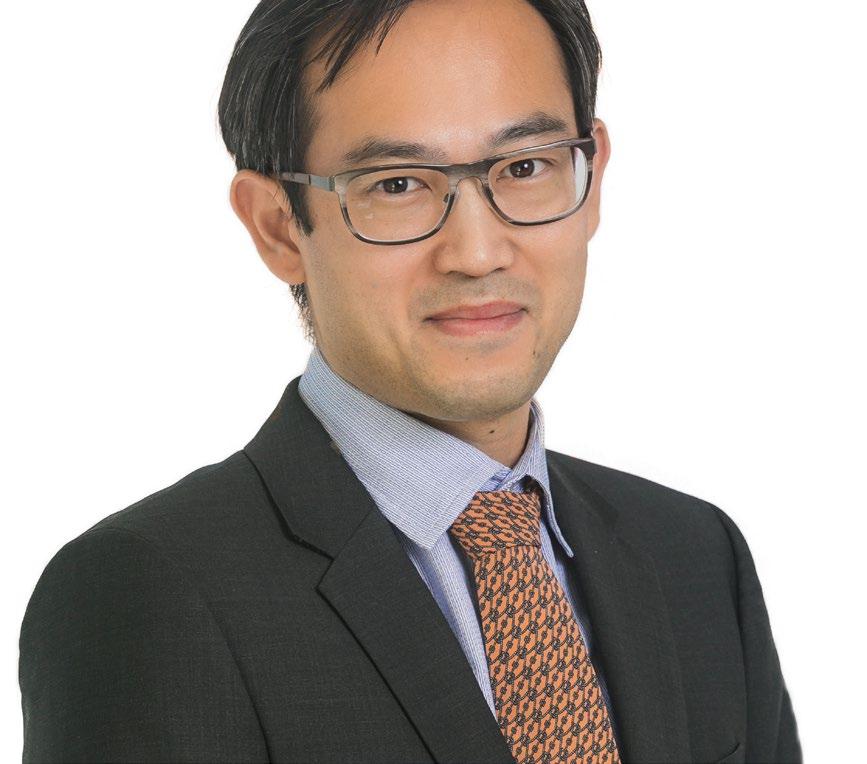



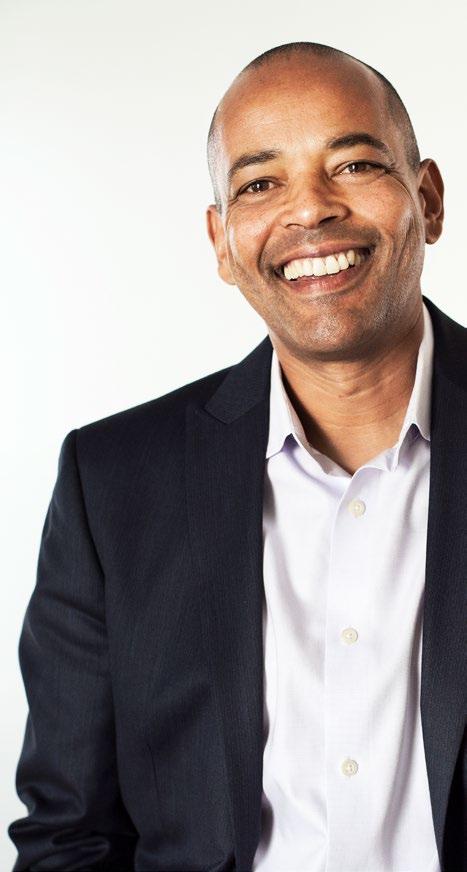
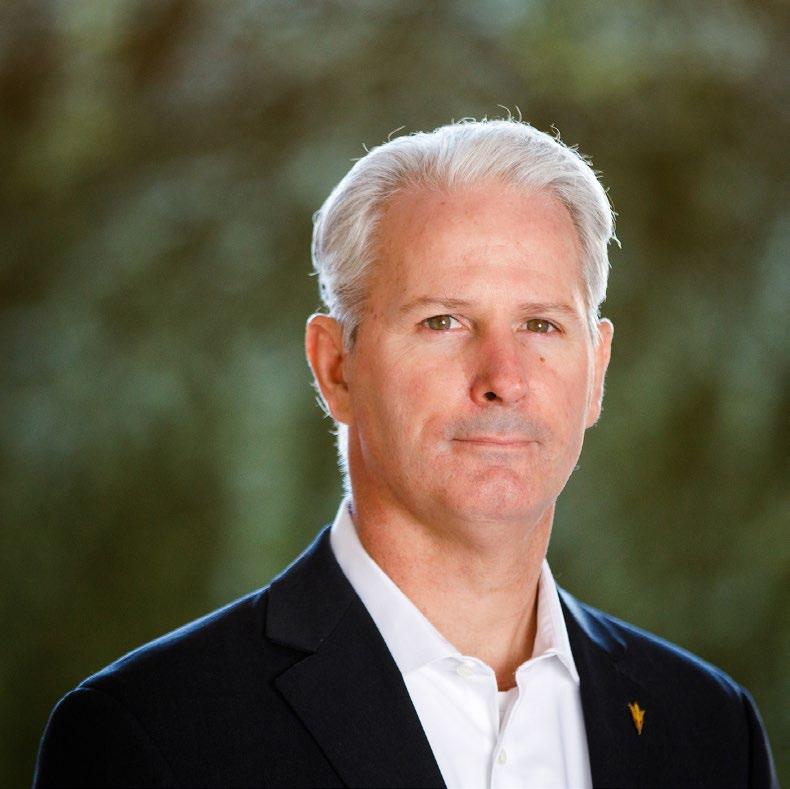

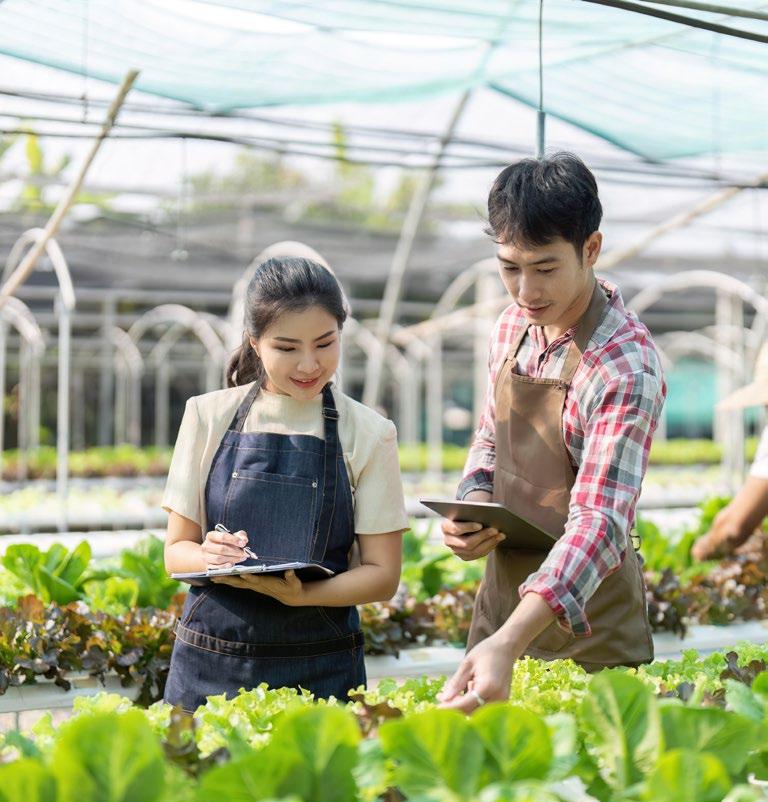



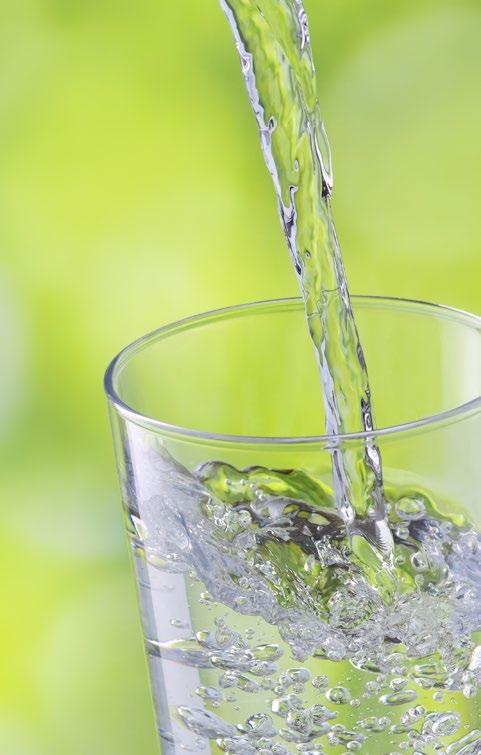
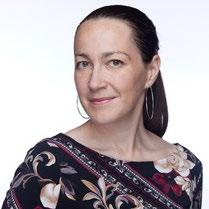
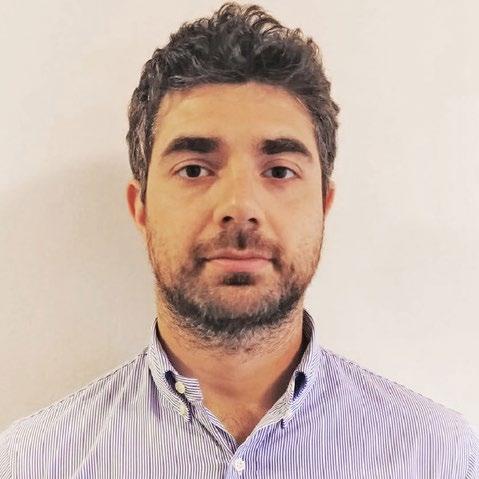
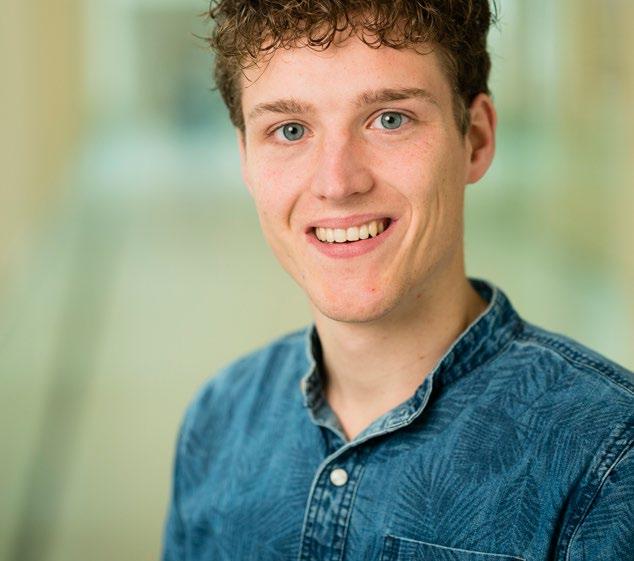
Introducing our exciting new regular feature in the magazine. In this edition, we delve into the crucial matters of drinking water, reuse, recycling, and desalination. Join us as we explore the pressing issues surrounding these topics and gain valuable insights.

Anthea Sargeaunt Alex Bettindardi

2S Water Inc. De Nora Water Technologies CEO Global Product Manager – Ozone & AOP
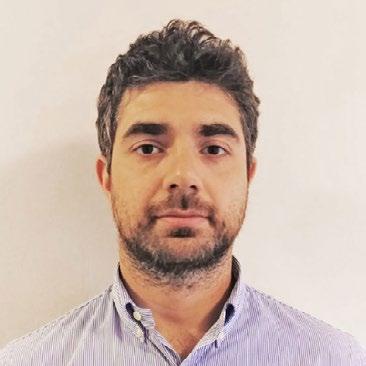
What springs to mind when you hear the words ‘drinking water’?
Drinking water is a dangerous term. Any water can be consumed. We assume that drinking water equates safe, clean water. But for much of the world that is not the case. Drinking water can cause health issues, chemical contamination, and dangerous constituents. As we move farther into post-industrial society, the world is paying for the actions of heavy industry in ways that we really don’t yet understand and are only just beginning to feel the impact of. And drinking water is where we find a nexus of impact; climate change is reducing water tables, industry is increasing contamination, pollution is expressed through microplastics, trash waste and forever chemicals. Drinking water is nothing simple, nothing guaranteed.
Do you think that drinking water should be free for everyone?
Safe, clean drinking water is a human right. It should be free for everyone. Especially when we consider that improper water supplies impact the poor significantly more, and disproportionately impact women and children, who are often burdened with securing safe water. When we consider that many of the issues around drinking water are caused by heavy industry, the outputs of which positively impact the wealthy parts of society, we have an inarguable duty to provide clean drinking water as a basic human right.
What do you think the drinking water situation will be like 50 years from now?
On one hand, I have a lot of hope that the world is going to be a better place in 50 years, including water. It’s what drives entrepreneurs like me to do what we do every day. We wouldn’t be fighting the fight for improved water quality at 2S Water if we didn’t think there was a chance.
On the other hand, it’s hard to see how we can solve some of the major problems of our world in the current economic system. There are some significant systemic issues increasing disparity in our society that, unless addressed, are going to make problems like equitable access to water very difficult to solve.
What are the challenges of access to water in your region?
Although we think of Europe as a continent with abundant freshwater resources, that is not true everywhere. Southern European countries such as Italy, Spain and Greece are now experiencing water scarcity, especially in the summer months.
What solutions are currently being implemented in your region?
Desalination is being utilized in some places, especially islands and remote areas. While there are some national guidelines concerning reuse in agriculture and for industrial purposes, direct and/or indirect potable reuse is not yet a topic of discussion, nor are there any regulations in place.
In your opinion, what countries would benefit from innovative reuse, recycling, and/or desalination to quality and treatment?
There could be an argument that all of us could benefit from innovative reuse, recycling and/or desalination, but given the scarcity issues facing the southern countries, Italy, Spain and Greece would see the biggest impact.
What are you doing to promote sustainable drinking water supplies?
We believe that education is critical, so we share best practices from countries like the United States and Singapore, as well as promote sustainable technologies like ozone and AOPs for their successful application in water reuse.
What do you think the drinking water situation will be like 50 years from now?
Unless we make drastic changes, looking 50 years into the future is bleak. There will be much less natural fresh water available. The freshwater that is available will be polluted requiring innovative technologies for disinfection. There will also be an increased need for desalination to compensate for the lack of fresh water. And potable reuse will be mandatory in most countries to guarantee enough clean drinking water for everyone.
What is the need for reuse, recycling, and desalination to quality and treatment?
There is a need for sustainable technologies in water quality and treatment to address CECs and micropollutants. Additionally, sustainable technologies have been proven to reduce operating expenses long-term.
David Kim-Hak Dave White Energy Recovery,
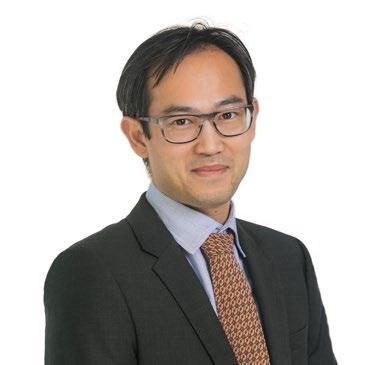
Arizona State University Senior Product Director Director, Global Institute of Sustainability and Innovation
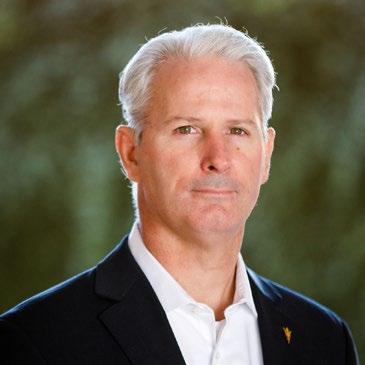
What are the challenges of access to water in your region?
Water security is an enduring challenge in the American Southwest, which people have been managing for thousands of years. The region currently faces heightened risks from a decades-long mega-drought and the impacts of climate change. This especially includes rising temperatures and “hot drought,” declining surface water flows and storage, particularly on the Colorado River, declining mountain snowpack, groundwater depletion, high agricultural demand, and increasing urban demand.
Additionally, there are inequities in the ways in which these impacts are experienced, with disproportionate effects on Indigenous Peoples and overburdened communities.
What solutions are currently being implemented in your region?
To address water security challenges, a diverse coalition of governments, industry leaders, nongovernmental organizations, Indigenous Peoples, and citizens are developing innovative solutions and adaptations. Some examples include dramatic gains in water conservation and efficiency; sustainable groundwater management policies, such as in Arizona and California; new infrastructure for drought resilience, groundwater recharge and recovery, and reservoir storage; innovative water sharing agreements; water recycling and direct potable reuse; and more transparent, inclusive, and just decision-making processes.
What are you doing to promote sustainable drinking water supplies?
In 2022, the State of Arizona invested $40 million to launch the Arizona Water Innovation Initiative, a statewide project led by Arizona State University’s Julie Ann Wrigley Global Futures Laboratory. Along with a $5 million investment from the Virginia G. Piper Charitable Trust, this funding supports ASU’s work with municipal, industrial, agricultural, tribal, and international partners to rapidly accelerate and deploy new approaches and technology for water security.
For example, with our partners, the initiative is advancing new policies, technology, and financing strategies to support advanced water purification in the City of Phoenix, which will produce up to 60 million gallons of new drinking water a day. We are developing innovative models and decisionsupport systems to improve water management operations and climate change adaptation on the Colorado River. Using virtual reality, narratives, and gaming, we are creating innovative approaches to enhance public understanding and awareness of water challenges and solutions. And through participatory and community-based approaches, our team is working to improve water security for Arizona’s most water-insecure households.drinking water can come from grey or brown water.
Inc.
In your opinion, what countries would benefit from innovative reuse, recycling, and/ or desalination to quality and treatment?
We see desalination as a key component in a robust water strategy for many coastal regions. We currently have partnerships with desalination plants globally. Desalination is the only drought-proof water source, and it can be used to top up reservoirs or provide water for industrial or agricultural purposes so that our groundwater can be reserved for drinking water. We’ve seen countries like Australia and Singapore successfully use desalination alongside other strategies like reuse to augment their water supply.
The same principles behind seawater reverse osmosis (SWRO) desalination are being applied to wastewater treatment to stem water pollution and consumption. For example, to combat water pollution, The Pali Common Effluent Treatment Plant in India partnered with us to install energy recovery devices, achieving extensive energy savings while preventing further pollution of a local river.
What are you doing to promote sustainable drinking water supplies?
We are lowering the cost of producing sustainable drinking water making it more economically viable and affordable. Wastewater re-use for drinking purposes are methods that are gaining more interest around world to combat water scarcity. Those methods require triple barrier treatment including Reverse Osmosis to achieve the water quality required for safe human consumption. As a leader in Energy Recovery Devices, we have expanded the PX technology to maximize the recovery of wasted energy in any RO process: from low pressure to ultra-high pressure. As a result, the energy intensive RO process used for reuse becomes more energy efficient reducing its carbon footprint.
What do you think the drinking water situation will be like 50 years from now?
Water represents more than 70% of the surface of the earth but drinking (fresh) water only represents 3% of it. Throughout more frequent drought events around the world associated with global warming, rivers and lakes drying up, and groundwater level lowering, the public perception on fresh water is slowly shifting. Once an abundant commodity provided by nature, water is becoming a resource that humankind will need to nurture by conserving it and re-using it. Thus, I think in 50 years, people will change their habit when using water and more importantly, they will adopt the fact that drinking water can come from grey or brown water.
Fähzan Ahmad Kobe Nagar
Klar2O 374Water CEO CEO

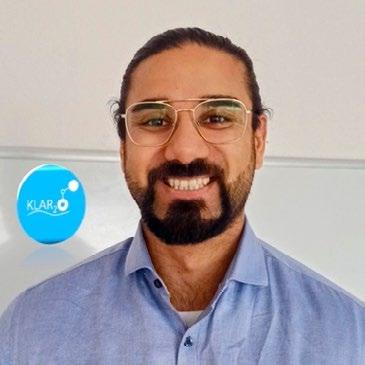
Do you think that drinking water should be free for everyone?
Water is our building block of life and should be free within the rights of every human being. The current water crisis is one of the greatest challenges of our time. It is estimated that the world’s urban population will almost double by 2050. This increase has serious implications for urban water demand. Empowering today’s sustainable innovations to reuse, recycle and re-nature our drinking water needs to be supported more governmentally. Greentech for filtration, desalination, regeneration, and recycling in a mutually supportive and smart synergy creates a cumulative circular water economy and a successful bioeconomy. I believe that access to clean drinking water is a fundamental human right, and efforts should be made to ensure its availability for everyone.
What are you doing to promote sustainable drinking water supplies?
Our modern societies created modern pollutants that require modern and innovative solutions. At Klar2O we developed new regenerative Smart Surface Technology to filter out modern pollutants from drinking water. My initiative of Klar2O should embody exactly sustainable drinking water. At Klar2O, we are opening doors in water filtration by stepping away from traditional single-use plastic filters to regenerative biochemical green technologies for a sustainable supply, no waste, and reusability for a healthy and clean global water supply. Sustainability also means venturing a step into the future creating a circular economy with zero waste. Our technology allows it to be regenerated, recycled, and reused to provide sustainable drinking water shaping a better world.
What is the need for reuse, recycling, and desalination to quality and treatment?
We understand the importance of these practices and strive to develop innovative and sustainable solutions for water treatment, focusing on reuse, recycling, and desalination technologies to ensure access to clean and quality water for all.
By expanding water sources through recycling, regeneration, and reusing, also in kinds of desalination, we can increase the availability of clean water for various purposes, including drinking, agriculture, industry, and even more. We must begin to unite the strengths of multiple technologies into a green technology ecosystem as the foundation for a circular economy. Klar2O is intended to provide an innovation platform for this upcoming purpose.
What are the challenges of access to water in your region?
In the US, access to clean water faces significant challenges due to the risk posed by the presence of various synthetic materials. The existing treatment methods are insufficient in addressing these substances, such as PFAS, microplastics, and pharmaceuticals, some also referred to as “forever chemicals”.
What solutions are currently being implemented in your region?
Currently, several places in our region are tackling the issue of forever chemicals through the implementation of granulated carbon, ion exchange, or membrane technologies. These methods aim to capture or concentrate the contaminants. However, a more comprehensive solution is required, focusing on complete PFAS elimination to safeguard our ecosystem from these harmful substances.
What are you doing to promote sustainable drinking water supplies?
To promote sustainable drinking water supplies, I actively engage in discussions about the challenges related to water quantity and quality. Moreover, I advocate for the importance of embracing innovation and daring in the water sector to address these issues effectively.
What springs to mind when you hear the words ‘drinking water’?
Water is the solvent of life, vital to every living organism. The quality of our drinking water plays a crucial role in determining our overall well-being and life expectancy.
Do you think that drinking water should be free for everyone?
While I believe that water should be accessible to all, it is essential to recognize that making it entirely free may not be a sustainable solution. Instead, we should focus on ensuring water affordability and the mechanisms that ensure a high quality water for everyone.
What do you think the drinking water situation will be like 50 years from now?
In the next 50 years, I envision remarkable progress in water quality, closely intertwining water and healthcare. Different water supply tiers may emerge to meet diverse needs. Like the energy sector, the water industry will undergo transformation with innovative technologies focusing on source-level waste treatment. My vision is green energy and blue water (clean and recycled) for a sustainable and thriving environment.
Luuk de Waal

KWR Water Research Institute
Researcher
& Portfolio manager
What are the challenges of access to water in your region?
Within the watercycle of the Netherlands collaboration between drinking water companies, (local) government(s), water authorities, industry and agriculture becomes increasingly important. The main challenge of the watercycle is to match varying water demand, water supply and water quality over time and place.
This is great importance for our environment, our society as well as our economy.
Solutions lie in the optimal use of existing and new water sources, protection of- and collaboration with natural processes and implementation of innovations in water technology (both in water treatment as in water distribution).
What are you doing to promote sustainable drinking water supplies?
Varying in scale from country-wide to the size of an individual building or water production facility; KWR research creates impact by being societal-relevant, innovative and independent. The ‘raison d’être’ of KWR is clearly reflected our motto ‘Bridging Science to Practice’. KWR builds on the latest insights from fundamental research, explores possibilities for inter-sectoral symbiosis and applies obtained knowledge jointly with- and for our shareholders and other clients.
Within my field of expertise being innovative water treatment technologies and residual stream valorization, I try to come up with technical solutions to urgent societal water-related challenges. By delivering proof-of-concepts of these innovative solutions, I try to make my contribution towards the vision and mission of KWR.
What is the need for reuse, recycling, and desalination to quality and treatment?
Impeccable chemical and microbial quality of water and it’s (dissolved) components in sufficient quantity are top priority for our clients and for society as a whole. Many of the involved underlying processes are somehow dependent on resources like energy, (fresh)water and chemicals. With the (in)direct effects of increasing world population, climate change and increasing consumption of natural available materials, long-term availability of these resources is under pressure.
Fact is that many of the involved processes are highly dependent on at least one of these resources. In order to ensure a habitable planet for the generations to come, especially the developed countries must become increasingly aware that resources are finite and take on their responsibility to either reshape or rethink our existing linear ‘modus operandi’ into a circular fashion.










